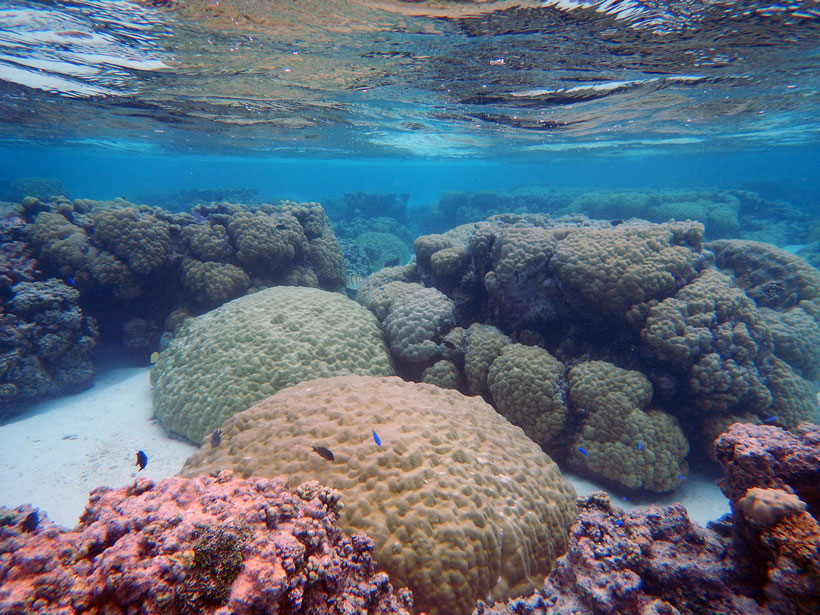Source: Paleoceanography and Paleoclimatology
The El Niño–Southern Oscillation (ENSO), a climate pattern in the tropical Pacific Ocean that recurs about every 2–7 years, can lead to disruptive heat waves, droughts, and floods around the world. Observations from the past few decades suggest that the frequency and magnitude of ENSO events may be accelerating, but instrument records of the phenomenon are not yet long enough to confirm the full range of natural ENSO variability.
To better characterize ENSO fluctuations during the preinstrument period, scientists rely on global climate model simulations as well as proxy data derived from tropical Pacific corals. But several sources of uncertainty, including year-to-year variations in how coral skeletons record sea surface temperatures and other climate signals, make it challenging to directly compare the results.
Now Lawman et al. have developed a new proxy system model, a tool that helps reconcile climate modeling with paleoclimate reconstructions, to evaluate potential sources of interannual variability in coral geochemistry. The proxy system model builds on earlier research by adding submodels to an existing framework to quantify year-to-year impacts of nonclimatic processes on the coral archives.
Results from using the new tool indicate that calibration and analytical errors generally increase estimates of ENSO interannual variability from coral geochemistry, whereas variations in growth rates, when combined with certain age assumptions, systematically decrease estimates. The findings suggest that such factors can measurably affect interpretations of coral archives and that the factors’ relative importance is specific to each individual site. Despite these additional uncertainties, the authors conclude that corals from locations around the Pacific do capture broad changes in ENSO variability over decadal or even longer timescales.
The study helps evaluate whether researchers can use proxies to establish whether changes in ENSO variability can be linked with anthropogenic warming. The results foster confidence that tropical Pacific coral archives are high-fidelity recorders of ENSO variability, according to the authors, and suggest that such tools could be used to constrain projections of how the ENSO climate pattern may fluctuate in the future. (Paleoceanography and Paleoclimatology, https://doi.org/10.1029/2019PA003836, 2020)
—Terri Cook, Science Writer
Citation:
Cook, T. (2020), Corals make reliable recorders of El Niño fluctuations, Eos, 101, https://doi.org/10.1029/2020EO147362. Published on 24 July 2020.
Text © 2020. AGU. CC BY-NC-ND 3.0
Except where otherwise noted, images are subject to copyright. Any reuse without express permission from the copyright owner is prohibited.

